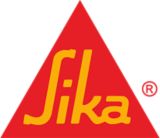
SikaBlock® M150
Polyurethane design board
SikaBlock® M150 is a polyurethane design board for manufacturing of styling models and design studies.
- Easy workable
- Very low thermal expansion
- Good adhesion of putties
